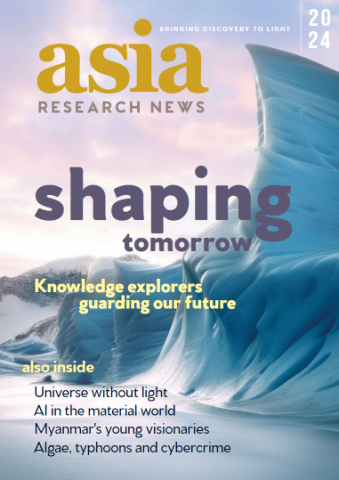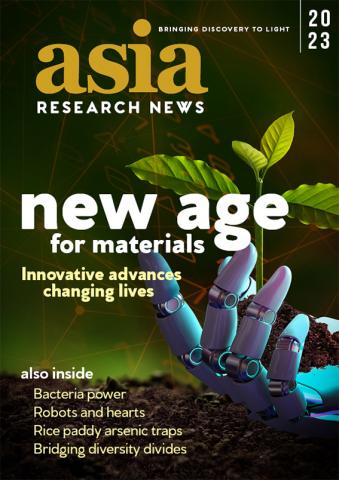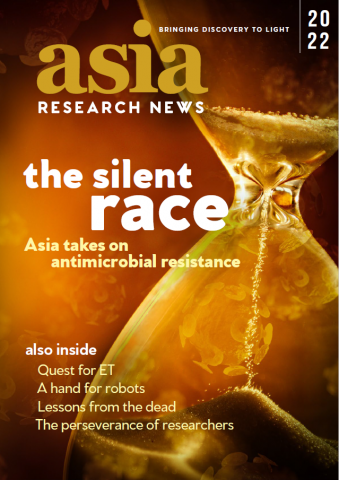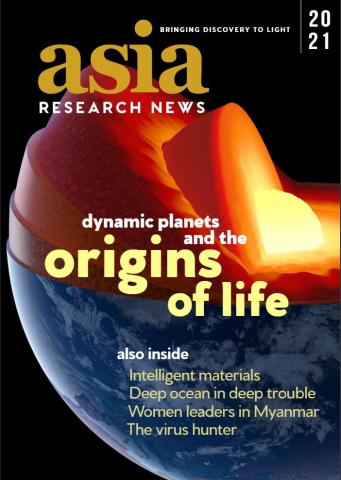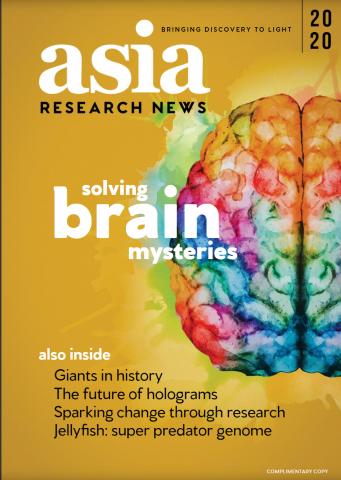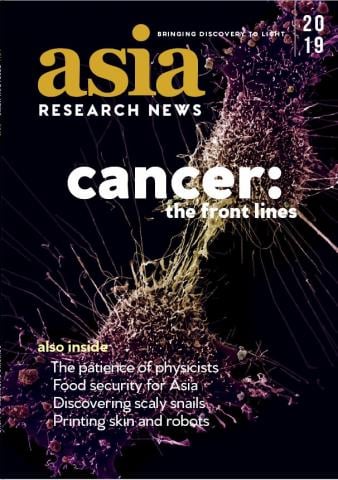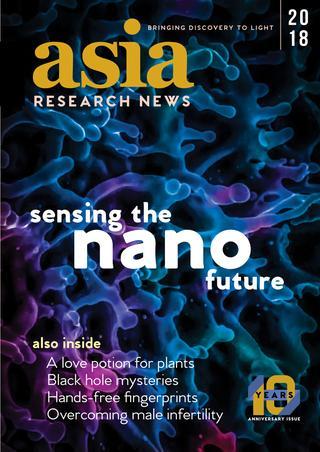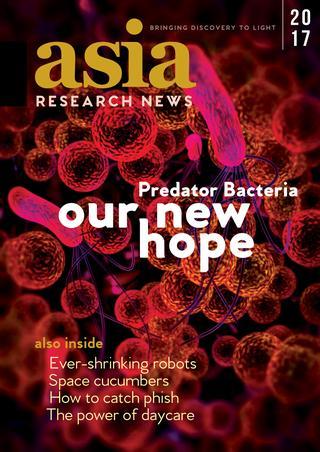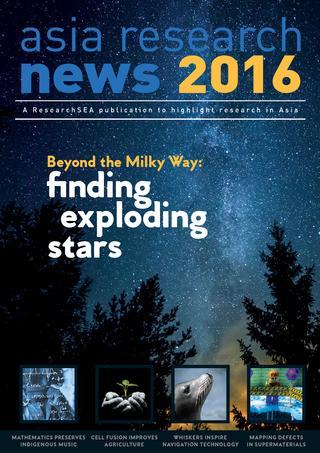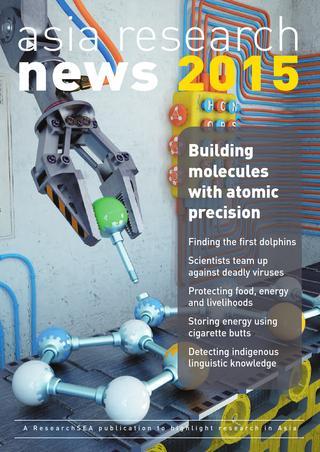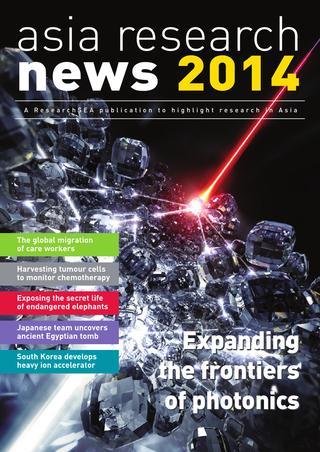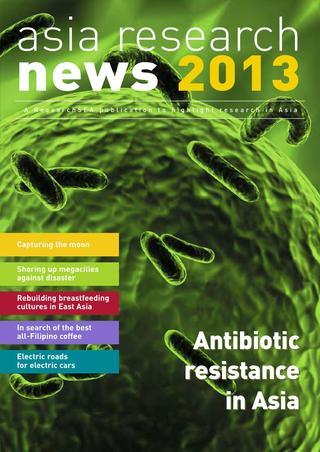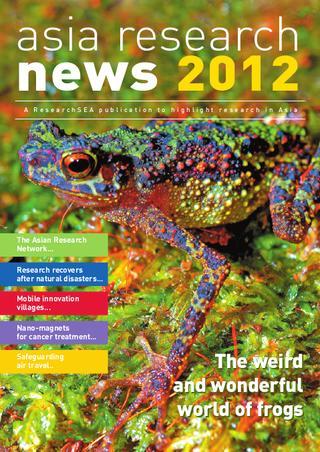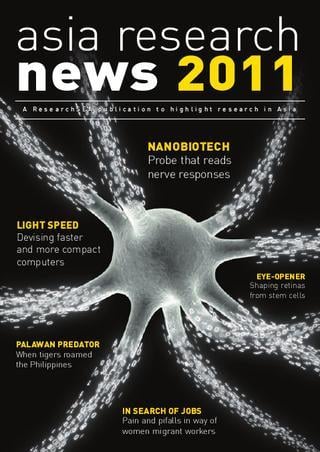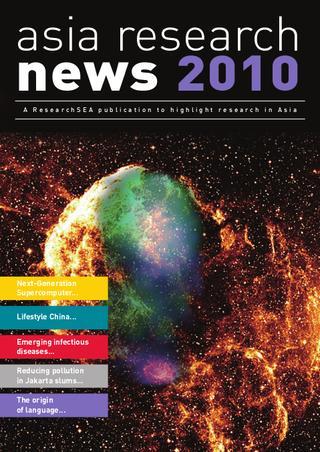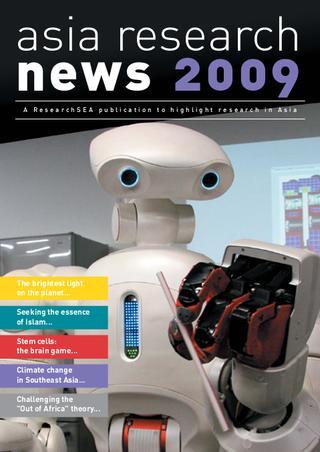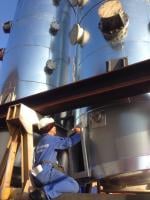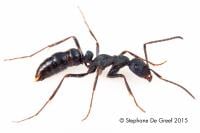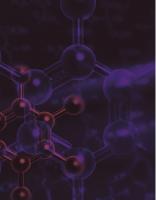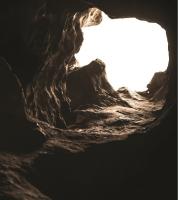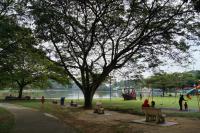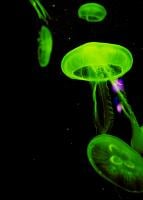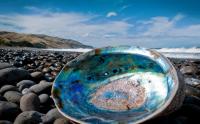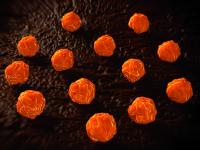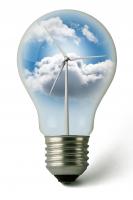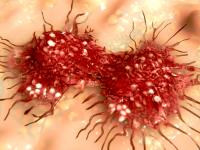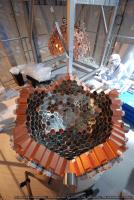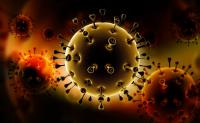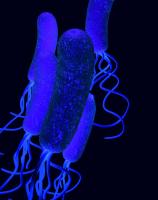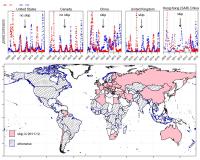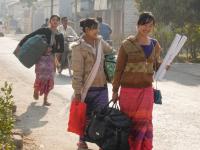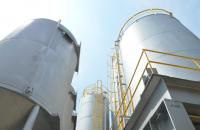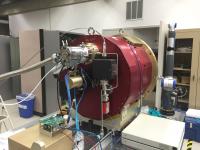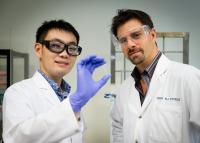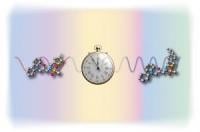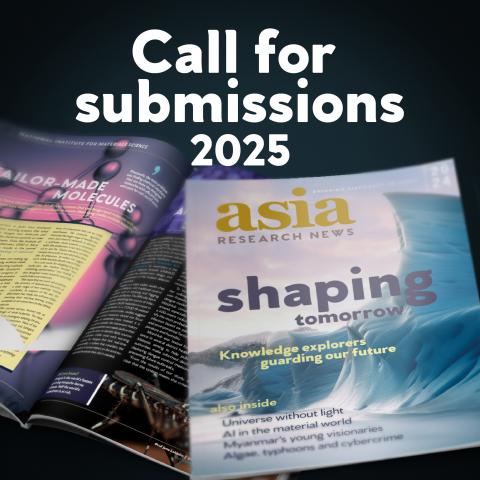2016
Read past issues:
2016 Magazine articles
Exhausting our green shipping optionsThe Agency for Science, Technology and Research (A*STAR)Scientists in Singapore have developed a revolutionary emissions abatement system that removes pollutants from exhaust gas to help the international shipping industry meet ambitious emissions targets. |
|
Turning sewage sludge into concreteAsia Research NewsResearchers in Malaysia have discovered that dried sewage sludge could be recycled by adding it to cement to make concrete. |
|
Chaining up to move a hefty mealAsia Research NewsResearchers have documented the first known instance of insects moving prey by forming chains. |
|
Common chemical highly toxic to blood cell precursorsUniversiti Kebangsaan Malaysia Centre for Collaborative Innovation (CCI)-UKMMalaysian scientists have provided evidence that a widely used chemical is more toxic to certain blood cell precursors in the bone marrow than to others. |
|
Exploring the prehistory of Palawan Island through human remainsAsia Research NewsResearchers are excavating human remains from caves in Palawan Island in the Philippines to learn more about the diversity of burial and other cultural practices over the past 10,000 years.
|
|
Exploring the global flow of digital labourInternational Development Research Centre (IDRC)An international research team is investigating who benefits from the globalisation of online work, hoping to identify how government policies can help to avoid the creation of digital sweatshops. |
|
Computer models show park microclimates improve city lifeAsia Research NewsComputer modelling based on microclimate data from a Malaysian public park has shown how adding trees and grass can improve living conditions in dense city cores. |
|
Green fluorescent protein a potential scaffold for protein assemblyKorea Advanced Institute of Science and Technology (KAIST)Scientists in Korea have developed a protein-scaffolding tool that paves the way for the assembly of diverse proteins with defined structures and functions.
|
|
Philippine fishing and its links to Japan’s “sea women”Asia Research NewsA researcher at the University of the Philippines Diliman (UPD) is studying the ancient Japanese culture of “ama” – women who traditionally free-dive in the sea in search of seaweed, lobsters, snail “turbo” shells and, in the distant past, pearls – and its potential connections to Philippine maritime cultures. |
|
Gold dust to control stem cellsNational Institute for Materials Science (NIMS)Researchers in Japan have shown that modified gold nanoparticles can be used to control the differentiation of stem cells into bone. |
|
Map of diamond-boron bond paves way for new materialsNational Institute for Materials Science (NIMS)Scientists in Japan have successfully recorded the atomic bonds between diamond and cubic boron nitride: the hardest known materials on earth. This feat could ultimately lead to the design of new types of semiconductors. |
|
Nanotech extends shelf life of fresh fruitInternational Development Research Centre (IDRC)An international research team is developing nanotechnology-based applications of hexanal, a natural plant extract that extends the storage life of harvested fruit. |
|
Speaking in songThe Agency for Science, Technology and Research (A*STAR)New singalong software brings sweet melody to any cacophonous cry.
|
|
Will Asia adopt a clean energy future?International Development Research Centre (IDRC)Asian countries have begun the long road toward clean energy. The challenges, however, are immense.
|
|
Research shows high cancer death rates in AsiaUniversity of MalayaAsia has one of the lowest overall cancer rates globally, but cancer patients are more likely to die there than most other regions. |
|
Uncovering dark matter is possible, but not simpleKavli Institute for the Physics and Mathematics of the Universe (Kavli IPMU)The latest results from an underground detector in Japan looking for dark matter have reignited the debate about its identity. |
|
Superfilter nanomask protects from invisible killersThe Hong Kong Polytechnic University (PolyU)Scientists have invented an easily breathable nanomask that can filter incredibly tiny particles, such as viruses and air pollutants. |
|
Growing sweet on tomatoesTohoku UniversityScientists from Tohoku University in Japan have developed a method to produce sweeter, well-growing tomatoes. |
|
Finding superconducting needles in the metal haystackNational Institute for Materials Science (NIMS)The discoverer of the first iron-based superconductor, one of Science magazine’s 2008 runner-up breakthroughs of the year, now reports finding around 100 new superconducting materials. |
|
Link found between stomach infection and Parkinson’s symptomsUniversity of MalayaResearchers report that a common bacterium infecting the human stomach has significant links with worsened symptoms of Parkinson’s disease. |
|
Parts of Philippines may submerge due to global warmingInternational Development Research Centre (IDRC)More than 167,000 hectares of coastland – about 0.6% of the country’s total area – are projected to go underwater in the Philippines, especially in low-lying island communities, according to research by the University of the Philippines. |
|
Immunity from H1N1 flu vaccine wears off rapidlyThe Hong Kong Polytechnic University (PolyU)Individuals who get the flu vaccine lose their immunity to the H1N1 influenza virus in about two years, according to an analysis led by The Hong Kong Polytechnic University. |
|
Automatic debugging of softwareSingapore Management UniversityResearchers in Singapore have developed an adaptable, automated approach for debugging software that combines the elements of previous solutions. |
|
Getting it right on labour reforms in BurmaInternational Development Research Centre (IDRC)Researchers in Burma are working with representatives from government, civil society and the private sector to find solutions for eliminating child labour and introducing other overdue labour reforms. |
|
Mapping the defects of a supermaterialZelinsky Institute of Organic Chemistry, Russian Academy of SciencesRussian scientists have developed a technique that allows them to visualize defects on the surface of graphene. The technique may ultimately help scientists develop a better understanding of graphene’s properties in order to find novel applications for this supermaterial. |
|
Optical fibre monitoring key to waste oil recyclingNanyang Technological UniversityA Singapore research team is harnessing advanced fibre-sensor technologies to increase productivity and process safety in the waste oil recycling process. |
|
Connecting women entrepreneurs to global opportunitiesInternational Development Research Centre (IDRC)In India, a non-profit organisation is enhancing the links between women-owned businesses and global supply chains. The aim is to eventually roll out a data platform that serves and promotes women entrepreneurs from 17 other countries. |
|
Decoding light for clues about dark matterKavli Institute for the Physics and Mathematics of the Universe (Kavli IPMU)An international team of researchers is developing an instrument that will decode the light of the night sky to understand the nature of dark matter. |
|
New glue instantly hardens with electric currentNanyang Technological UniversityA new glue that forms a strong bond when activated by low voltage electricity may be the first of its kind. |
|
Newly synthesised molecules turn back biological clockInstitute of Transformative Bio-Molecules (WPI-ITbM), Nagoya UniversityScientists in Japan have designed new molecules that modify the circadian rhythm, opening the way to the possibility of managing jet lag and improving treatments for sleep disorders. |


